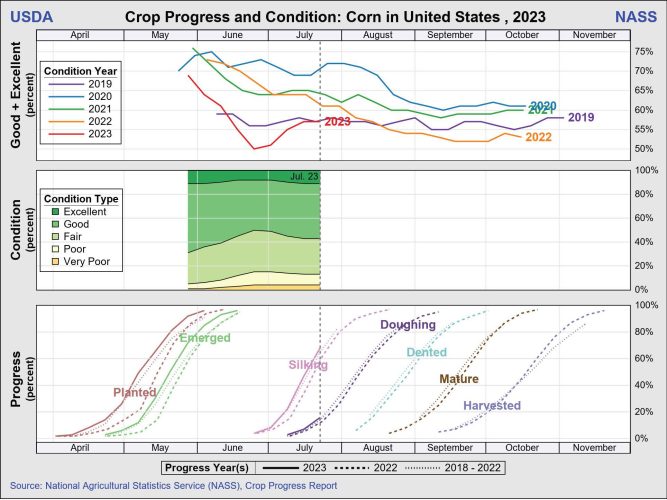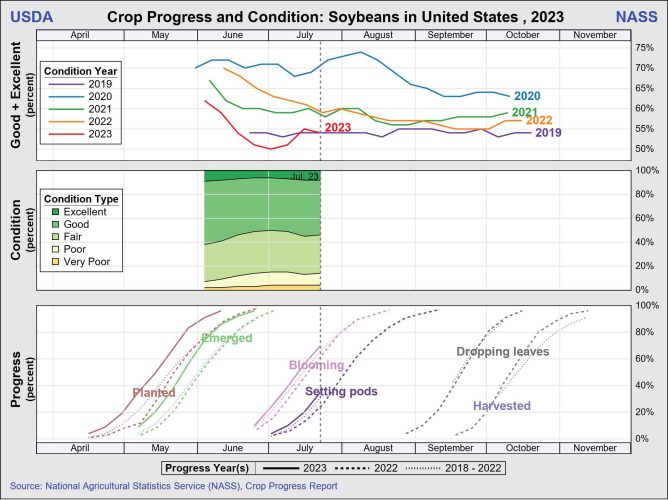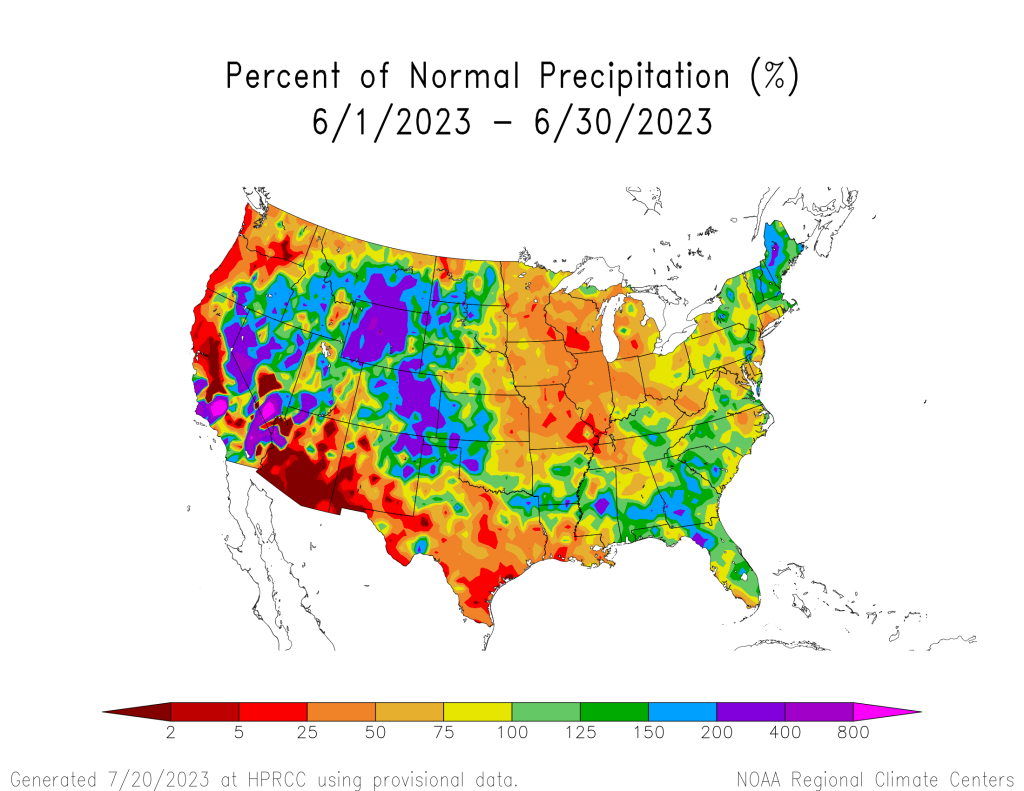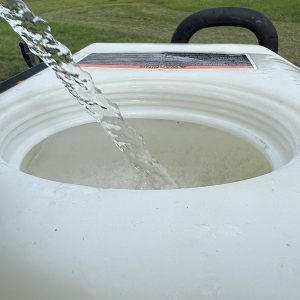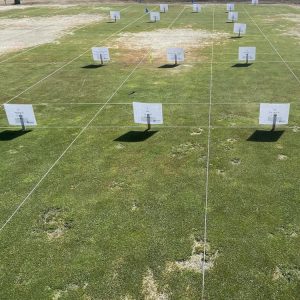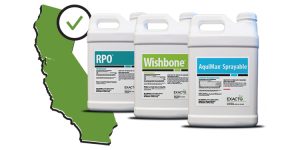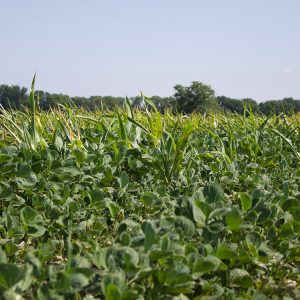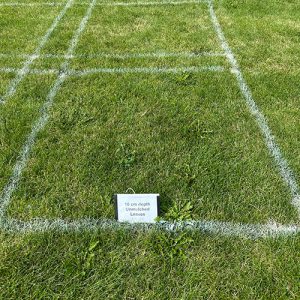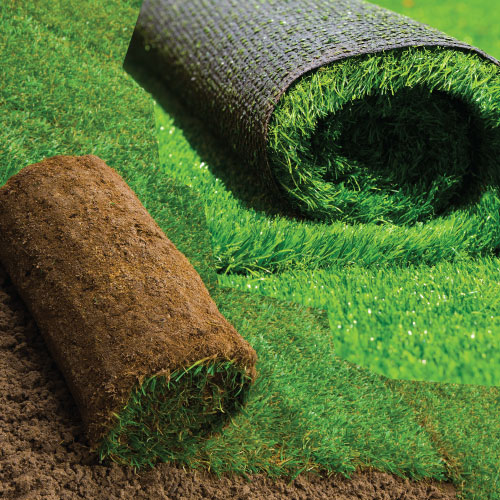
Why More Athletic Fields are Converting to Natural Turf
While athletes almost always prefer natural grass fields, artificial turf is a widely used playing surface due to the perception that it is easier to maintain. There’s been a recent push to shift artificial surfaces back to natural grass as big-name players sustain season-ending injuries and organizations prioritize playing surface conditions when selecting hosts for tournaments.


